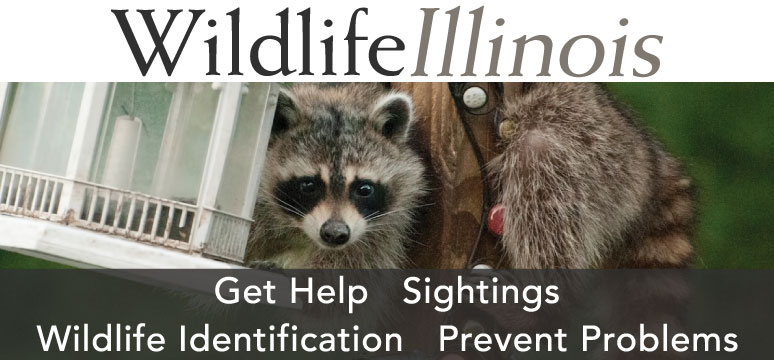
Photo by Liz Guertin, Unsplash.



Photo by Liz Guertin, Unsplash.
There is no mistaking a northern harrier (Circus hudsonius). The low, gliding flight over grasslands is classic. Following the contour of the land and maintaining an almost constant altitude just yards above it is a thing of beauty. Often no more than 10 feet above potential prey, its flight seems to be woven into the fabric of the land itself.
A northern harrier’s sleek narrow wings and white-rumped tail are designed for its hunting strategies. Watching one hunting a long, sinuous grassed waterway flowing down through a field of row crops is quite a pleasure. Making every twist and turn, dip and rise, its flight is an exact complement to the waterway itself. It is as if the harrier was on the tracks of an invisible waterway rail line, sensed only by the bird itself.
Northern harriers nest in the northern parts of North America and Canada and migrate to the southern United States, Mexico and Central America. Small numbers do, however, nest in Illinois, particularly on suitable grassland tracts such as at Goose Lake Prairie State Natural Area in Grundy County, Saybrook Habitat Area in McLean County and Prairie Ridge State Natural Area in Jasper and Marion counties. Some harriers spend the entire winter in Illinois, making it somewhat difficult to tell whether you are seeing a resident or migrating bird. In central Illinois, you can spot northern harriers just about every month of the year if you are in ideal habitat.
Prey include mice, voles, rabbits, native sparrows, even meadowlarks and cardinals. Northern harriers also take amphibians such as frogs and toads. While in wetland habitats, they kill ducks by mounting and drowning them. Northern harriers have been given the name “duck hawk” by local people who are intimately connected to the land and familiar with harriers in these habitats. Harriers seldom, if ever, bother poultry, thus earning the respect of some farmers as being a “good hawk.” As they cruise across grasslands, harriers locate prey as much or more by sound as by sight. Interestingly, the shape of a northern harrier’s head and face resembles that of an owl, which may aid in hearing.
The hunting style of the northern harrier is markedly different from some other raptors. While driving, you notice red-tailed hawks perched high above the roadway on trees or power poles where they can see potential prey. In contrast, harriers hunt on the move, flying very low so they can hear as well as see prey.
For one very familiar with northern harriers and their associations with grasslands, upland prairies, meadows and hayfields, it’s easy to forget they do frequent, hunt and nest in wetlands. Here, they build nests on the ground in thick vegetation of sedges, reeds and cattails instead of the grasses and forbs of the uplands. However, in Illinois when we do find nests, they are usually in very dense grasslands. Both the male and female collect thick-stalked plant material to build a foundation-like platform for the nest. The female then arranges the material and completes the nest by lining it with grasses or sedges. Nests are fairly large, up to 2 feet in diameter and up to 8 inches high.
Many times, male harriers mate with more than one female in a season—sometimes as many as five. A female raises one brood a year. Usually, four to five dull white eggs are laid and incubated for up to 36 days, while the male brings food for the female. Typically, the young hatch over a period of time, and the oldest and largest are the ones to survive and fledge. Hatched-out nestlings stay in the nest for about two weeks. The male provides most of the food for the chicks while in the nest. Risk of predation is high during the nesting period. Raccoons, foxes, skunks and crows often eat the eggs.
The northern harrier has been in a slow decline since about the mid-1960s—an average drop in numbers of about 1 percent per year. The reasons are many. Expansive areas of upland grasslands and lowland wetlands where this species prefers to nest have been destroyed. Grassland farming has fallen out of favor, resulting in less suitable habitat for prey. All of this has happened against the backdrop of increased insecticide use. Certainly, DDT applications affected harriers as it did other raptors until controls were put in place. Just recently, northern harriers have been increasing in the upper Midwest. Hopefully, they will increase as a breeding species in Illinois.

Still this species persists, even in areas of intensive row-crop agriculture, if just a few respectable grassed waterways remain. A northern harrier has never seen a sizeable, grassed waterway it didn’t like. Drawn like a moth to a flame, harriers just have to make a pass or two up or down a waterway, hoping to hear or see a mouse, vole or cottontail that’s pressing its luck.
To improve your odds of seeing a northern harrier in serious row-crop farm country, pick a grassed waterway that by necessity is long and sinuous. Ones that flow from the high morainal ridges down through the corn and soybeans and on into the flatter farmland below are ideal. It is here you will have an excellent opportunity to experience this cruiser of the grasslands.
Robert J. Reber is an emeritus faculty member in the Department of Food Science and Human Nutrition of the University of Illinois at Urbana-Champaign. He has been a lifelong student of many aspects of the Natural World, including archaeology. Reber has served as a managing editor and author for publications such as The Illinois Steward and the Illinois Master Naturalist Curriculum Guide.
A special thanks to Mike Ward, an ornithologist at the Illinois Natural History Survey, for reviewing this article.
Robert J. Reber is an emeritus faculty member in the Department of Food Science and Human Nutrition of the University of Illinois at Urbana–Champaign. He has been a lifelong student of many aspects of the Natural World, including archaeology. Bob has served as a managing editor and author for publications such as The Illinois Steward magazine and the Illinois Master Naturalist Curriculum Guide.
Submit a question for the author